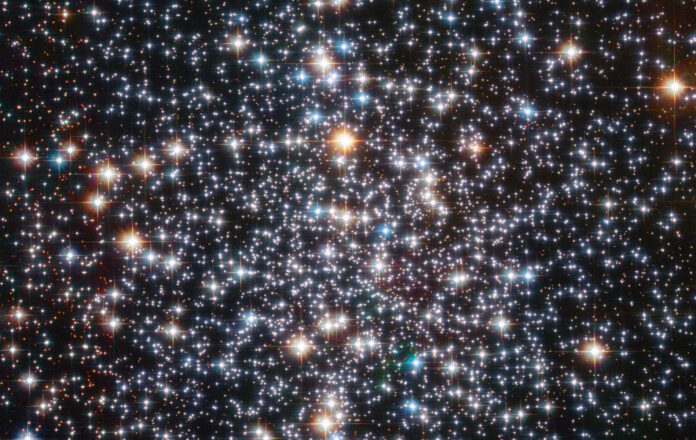
The universe is a perpetually expanding entity, seemingly humble in its beginnings with only a few stars. An enduring question that astronomers continue to ponder is: how heavy were those original, primal stars? Taiwanese scholars, with assistance from an American supercomputer, have made significant strides in making such calculations.
The Early Universe
Immediately after the Big Bang, there existed only hydrogen and helium. In the universe’s nascent stages, foundational elements for life, including carbon and oxygen, were yet to debut. Fast forward about 200 million years, and the first stars began to form.
Foundations of Life
These Population III – or Pop III stars, as they are designated, eventually led to the creation of heavier elements through nuclear combustion at their core. Near the end of their lifecycles, some of these first stars turned into supernovae. The powerful explosions that resulted from it dispersed new elements into the early universe, eventually forming the building blocks of life.
The type of supernova that emerged during this epoch depended on the mass of the first star at its demise, from which different chemical patterns arose. Observations of extremely metal-thin stars, which were formed after the first stars and their supernovae, were previously crucial for estimating the mass of the first stars. Based on the abundance of these metal-thin stars, it was estimated that the first stars had a mass comparable to twelve to sixty times that of the sun.
A Gap Between Simulation and Observation
However, earlier cosmological simulations suggested a top-heavy and widely distributed mass for the first stars, ranging from fifty to a thousand times the mass of the sun. This significant discrepancy between simulations and observations has puzzled astronomers for at least a decade.
In pursuit of an answer, two Taiwanese researchers employed the powerful supercomputer housed at the Berkeley National Lab. They achieved a breakthrough by developing the first-ever high-resolution, hydrodynamic 3D simulation of the turbulent, star-forming clouds that preceded the first stars.
Turbulence in Star Formation
The results were remarkable: supersonic turbulence, or extreme chaotic motions, caused the star-forming clouds to break apart into distinct clusters, each with a dense core of 22 to 175 times the mass of the sun. From these clusters, the first stars were formed with masses ranging from 8 to 58 times that of the sun. These findings are consistent with the aforementioned observational records.
Moreover, the researchers were able to replicate similar results from previous simulations, even when the turbulence was less severe. This outcome underscores the importance of turbulence in the formation of the first stars and uncover a promising approach to reduce the theoretical uncertainty regarding the mass of nascent stars. Finally, the baffling discrepancy between simulation and observation has been resolved, thereby establishing a strong theoretical base for the formation of the earliest stars.











